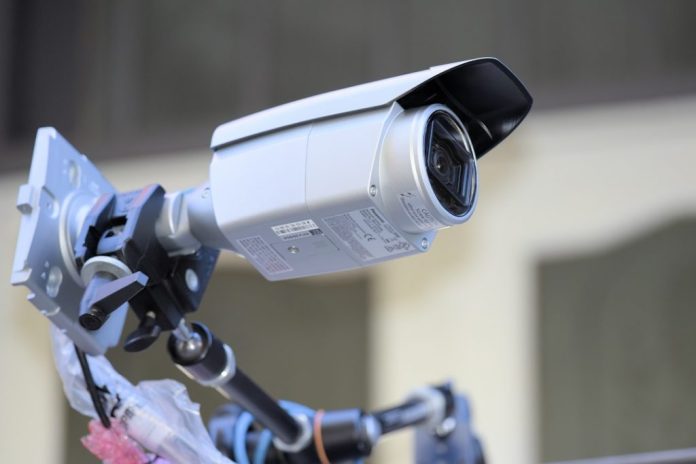Are modern integrated cameras with housings as robust as old-style camera housings when installed outside? What should we be looking for in a housing? We’ve had trouble with some modern PTZs, especially with inadequate rubber seals, which have aged very quickly and can’t be replaced. Can old seals be restored using grease or vasoline?
A: Longevity of modern cameras depends on the construction material, build quality, environment and more. A quality IP66 rated camera made in quality alloy and poly should last many years mounted externally. The weak points are the fastenings, particularly if they are not complimentary metals – the applies to disparate grades of stainless, too – the seals and the dome bubble, which will age if exposed to direct sunlight.
You can help (but not repair) seals that have shrunk or weathered using lubricant but a petrochemical will make any latex seal age even quicker, so stick with organic oils – glycerine, a lanolin oil like Inox – if nothing else is available you can even use olive oil or dish washing liquid. If the seals are made of nitrile, EPDM or neoprene, then a silicone lubricant grease is the answer. Externally mounted camera seals need to be kept lubricated as part of a maintenance programme to ensure seals last as long as possible – we all know that’s a lot harder to achieve than it sounds.
Depending on your application a quality camera housing must resist extremes or cold and heat (fans, ventilation), high winds, rain, salt spray (integrated wiper), vandalism, ice and snow, dust, theft, RFI and EMI (through shielding and grounding), and fog, mist, smog and smoke. You need to choose a housing that has been designed to handle the camera you’re installing. It’s important the camera be firmly attached to the housing and the housing firmly attached to a mounting point.
The housing’s access point should have a secure lock or anti-tamper screws and structure should be resistant to corrosion. Electrical connections must be weatherproof, and cables and insulators must be able to stand up to temperature extremes. Sunlight is another damaging factor and the housing window, and all fittings must be able to withstand prolonged exposure to sun. When you are selecting cameras for external applications favour potted electronics and housings that have sufficient access to work cables without extreme bending.
#securityelectronicsandnetworks.com









